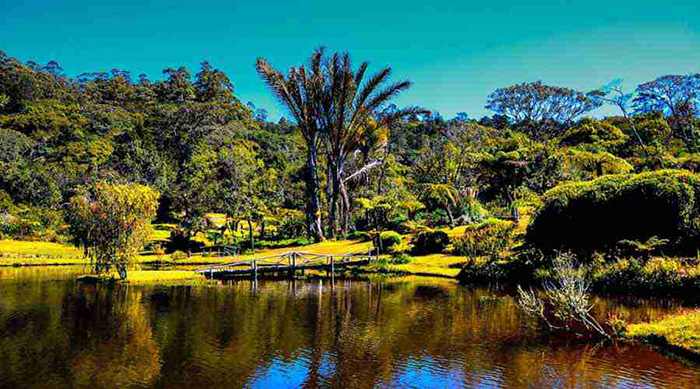By Bernard Chiketo
MUTARE – The clearing of landmines along the Zimbabwe-Mozambique border has opened up the country to new risks — Vumba Mountain’s Miombo forests are now at an increased mercy of Mozambican charcoal producers.

Having cleared their own hardwood forests to charcoal production, the absence of booby traps has made the eastern highlands’ eco-tourism hub particularly attractive to Mozambicans. And they are now crossing the porous border in droves.
Environmental government departments — Zimbabwe Parks and Wildlife Management Authority (ZimParks), Environmental Management Agency (Ema) and Forestry Commission (FC) lack sufficient presence in the area to contain the wood poachers.
Police, on the other hand, lack determination to assist, or at worst are easily corruptible. This leaves local residents and hospitality industry operators to manage the crisis.
Only last week, 23 firewood poachers were arrested by scouts. They were only cautioned and released — handing them over to local police would have been an exercise in futility, the scouts say.
“If you hand them over to the police you will see them walking back across the border as if nothing happened,” Nelson Bandura says.
Vumba tropical rainforest has a unique flora and rare habitat — including an impressive over 420 bird species packed in its relatively small space offering arguably the best bird watching vantage point on the African continent is in dire strain.
Tree poaching is threatening to leave its breath-taking mountains bare and completely destroy its capacity to sustain such uncommon bird species like Swynnerton’s robin, and Zimbabwe’s rare Chirinda Apollis as well as animal species like the dwarf chameleon, blue monkey and blue duiker.
The increasingly balding mountains have for long been taunted as a cradle to some of Zimbabwe’s unique flora and fauna.
The forest, in spite of all its fame, is not a gazetted forest exposing it to be also unsustainably exploited commercially by individuals, communities and corporates.
Its Msasa woodlands and Montane forests, among where the rare Star of Africa Oak stand, are being broken and retreating further into the misty mountains limiting the aerial freedom of the elegant blue monkeys endemic to its canopies while snares litter the forest floors threatening the uncommon little blue duiker and unique dwarf chameleon among others.
This is despite it having an impressive catalogue of insect, bird and animal life among its tropical vegetation that receives an average of 1 800mm of rainfall each year.
Vumba is key to both Mozambique and local riverine systems as many key rivers had their sources in the mountains.
The famous Chikamba Dam in neighbouring Mozambique is supplied from the mountain. The banana crop in Burma Valley is irrigated from rivers whose sources are in the mountain.
Being the source of Mupudzi River which feeds the aptly named Mupudzi dam and goes further to feed Odzi and Save boosting its capacity to supply irrigation schemes that are dependent on the mighty transnational river.
Loss of vegetation in the mountain threatens all this.
Vumba’s unique ecology can be a major attraction for ecotourism which offers the entire Eastern Highlands sustainable income if kept pristine and natural. Daily News






